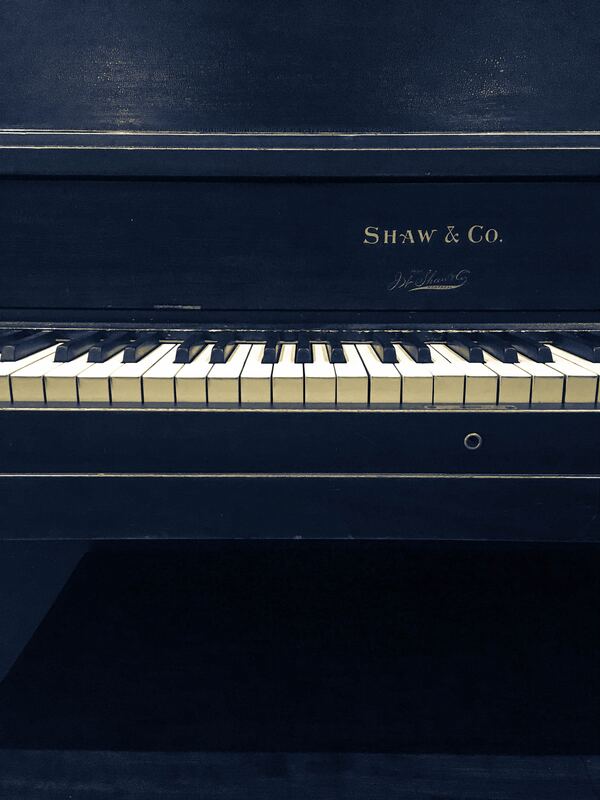Step 1: Assess Your Piano
Before you begin the move, it's crucial to assess your piano's size, weight, and type. Pianos come in various sizes, from upright to grand, and their weight can vary significantly. Knowing the specifics will help you plan the move more effectively.
Step 2: Hire Professional Piano Movers
Why: Moving a piano is a specialized task that requires expertise, experience, and the right equipment. Professional piano movers are trained to handle the complexities of piano relocation safely.
How: Research and hire reputable piano moving companies like Gilbert Piano Movers. Ensure they have the necessary experience and equipment to handle your specific piano type.
Step 3: Prepare the Piano
Why: Properly preparing the piano ensures it's ready for safe transport.
How:
- Remove Accessories: Take off any removable accessories, such as the music stand or decorative items, and pack them separately.
- Lock the Keyboard Lid: Close and lock the keyboard lid to protect the keys and internal components from damage during transport.
- Secure Loose Parts: If there are any loose or fragile parts, secure them to prevent damage.
Why: Having the right equipment simplifies the moving process and reduces the risk of damage.
How:
- Piano Dolly: Use a specialized piano dolly to move the piano safely.
- Moving Straps: Strong moving straps are essential for securing the piano to the dolly and for lifting.
- Moving Blankets and Padding: These protect the piano's finish from scratches and dings.
- Furniture Dollies: These can be used to transport smaller pianos or maneuver the piano in tight spaces.
How:
- Use Proper Lifting Techniques: Bend your knees, keep your back straight, and use lifting straps to distribute the weight evenly. Avoid sudden movements.
- Secure the Piano to the Dolly: Use moving straps to secure the piano to the dolly securely.
Why: Moving the piano slowly and carefully is essential to prevent accidents.
How:
- Move Slowly and Carefully: Avoid sudden movements or jerks. Take your time to ensure a smooth and controlled movement.
- Use Furniture Dollies: For smaller pianos or tight spaces, place the piano on furniture dollies to maneuver easily.
Why: Protecting the piano during transportation is crucial.
How:
- Secure the Piano: Use straps or restraints to secure the piano in the vehicle to prevent shifting during transit.
- Climate Control: Ensure that the moving vehicle has climate control to protect the piano from extreme temperature changes.
Why: Proper placement of the piano in the new location is essential for its safety and performance.
How:
- Proper Placement: Choose a suitable location away from direct sunlight, drafts, and extreme temperature changes. Place the piano against an interior wall to minimize temperature fluctuations.
- Tuning and Maintenance: Consider having a professional piano technician tune and inspect the instrument after the move to ensure it's in optimal playing condition.


 RSS Feed
RSS Feed